Chapter 2
Understanding pages
Pages, double-page spreads, and sheets will have no secrets for you!
Here, you will find information related to the concept of page, bleed, and specifics for small paginations.
Chapter 2
Pages
Page
The newspaper page count needs to be in multiples of 4 pages: each sheet of paper consists of 2 front pages and 2 back pages, separated by a central fold.
Here is an example of a single page:
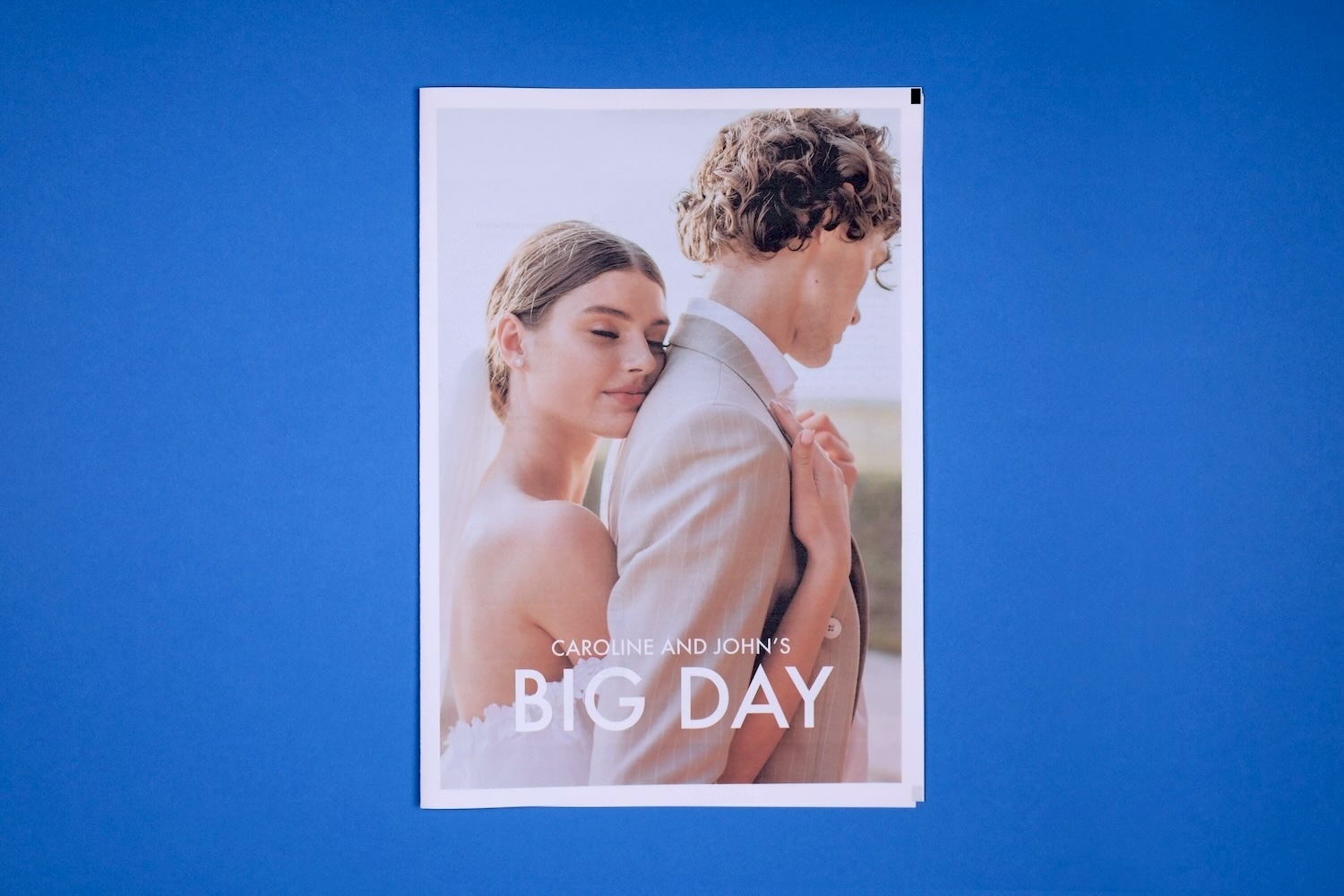
Single page.
Double-page spread
A spread is two facing pages - one left-hand page and one right-hand page. The central spread is on the same sheet of paper while other spreads are on separate sheets.
Each sheet of paper has two spreads: one on its front and one on its back.
Spreads can be used to make posters. It's called a double-page spread. Artworks can be printed right across the page with no central margin or gutter.
Here's an example of a spread :
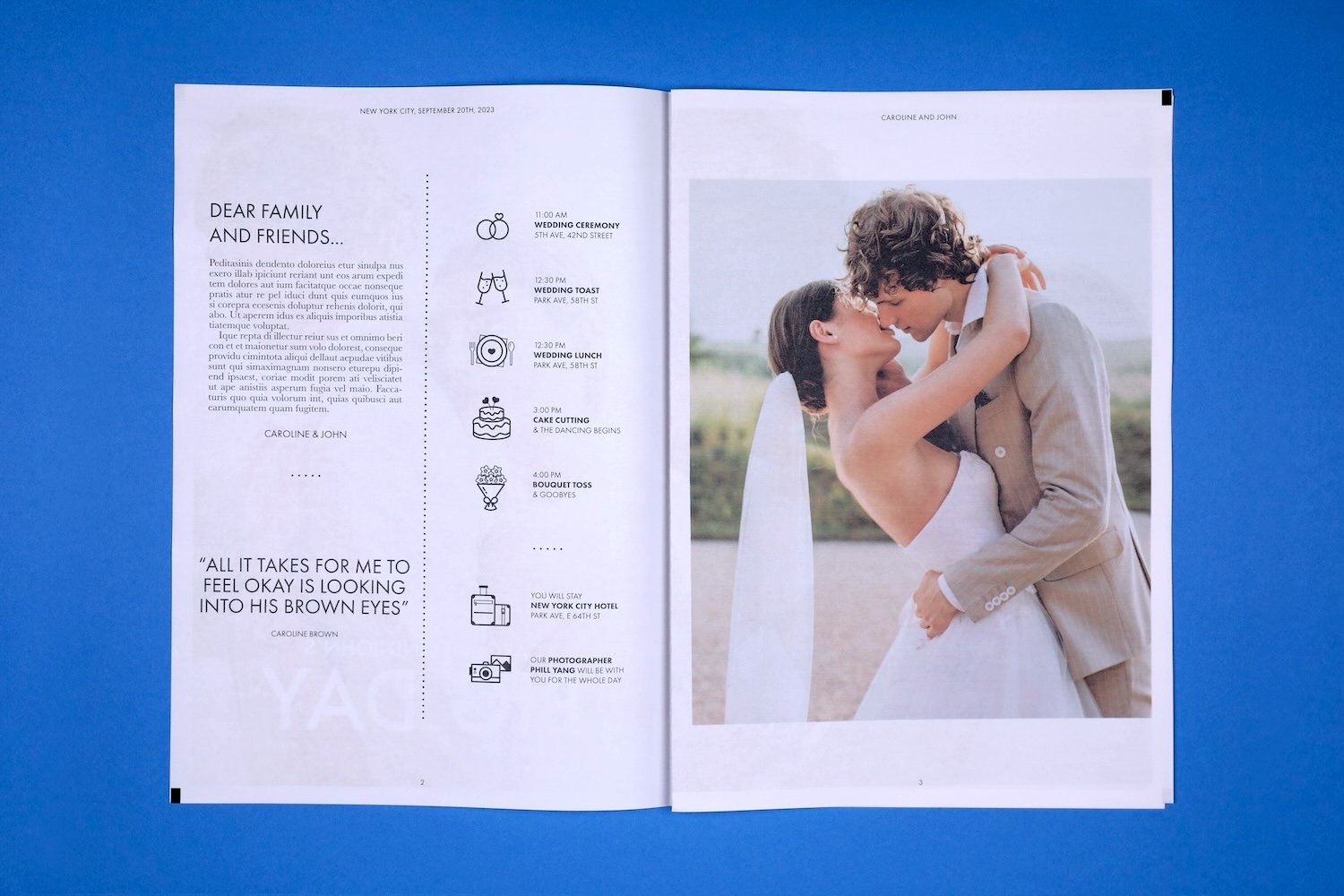
Double page.
Here's an example of spread on a single sheet of paper :
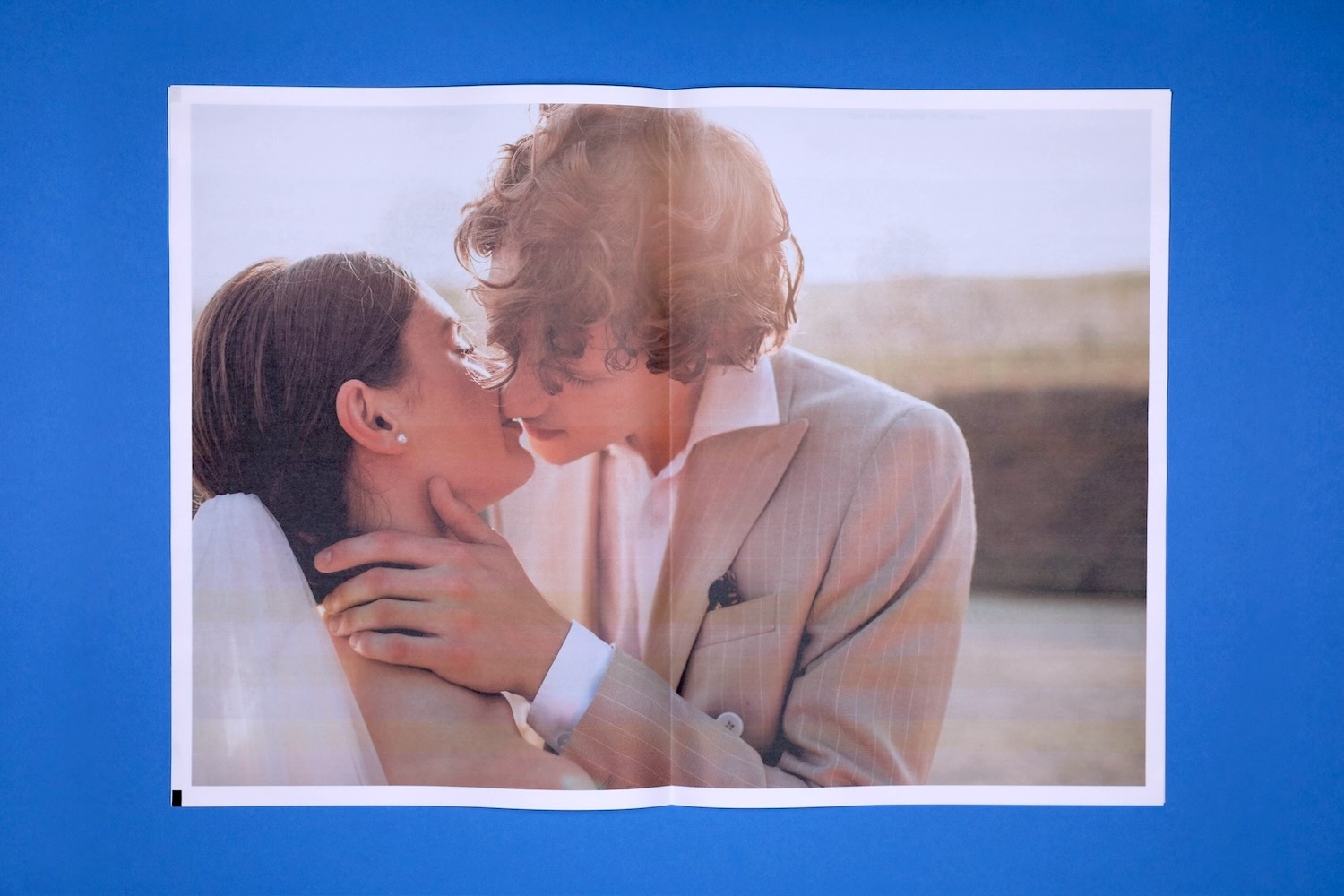
Center Spread
Page order
Newspapers are made of sheets of paper, stacked and folded together.
Pages are printed to follow each other when your newspaper is leafed through. This is called imposition.
Page imposition is made by our presses, that's why you need to provide a PDF with pages in the reading order.
White margin
10mm technical margins are required to make your newspapers, as we print cut marks inside these margins. You need to keep white the top, bottom, left and right edges of each spread.
This margin is not necessary between two facing pages. As shown below, you can print full spreads.
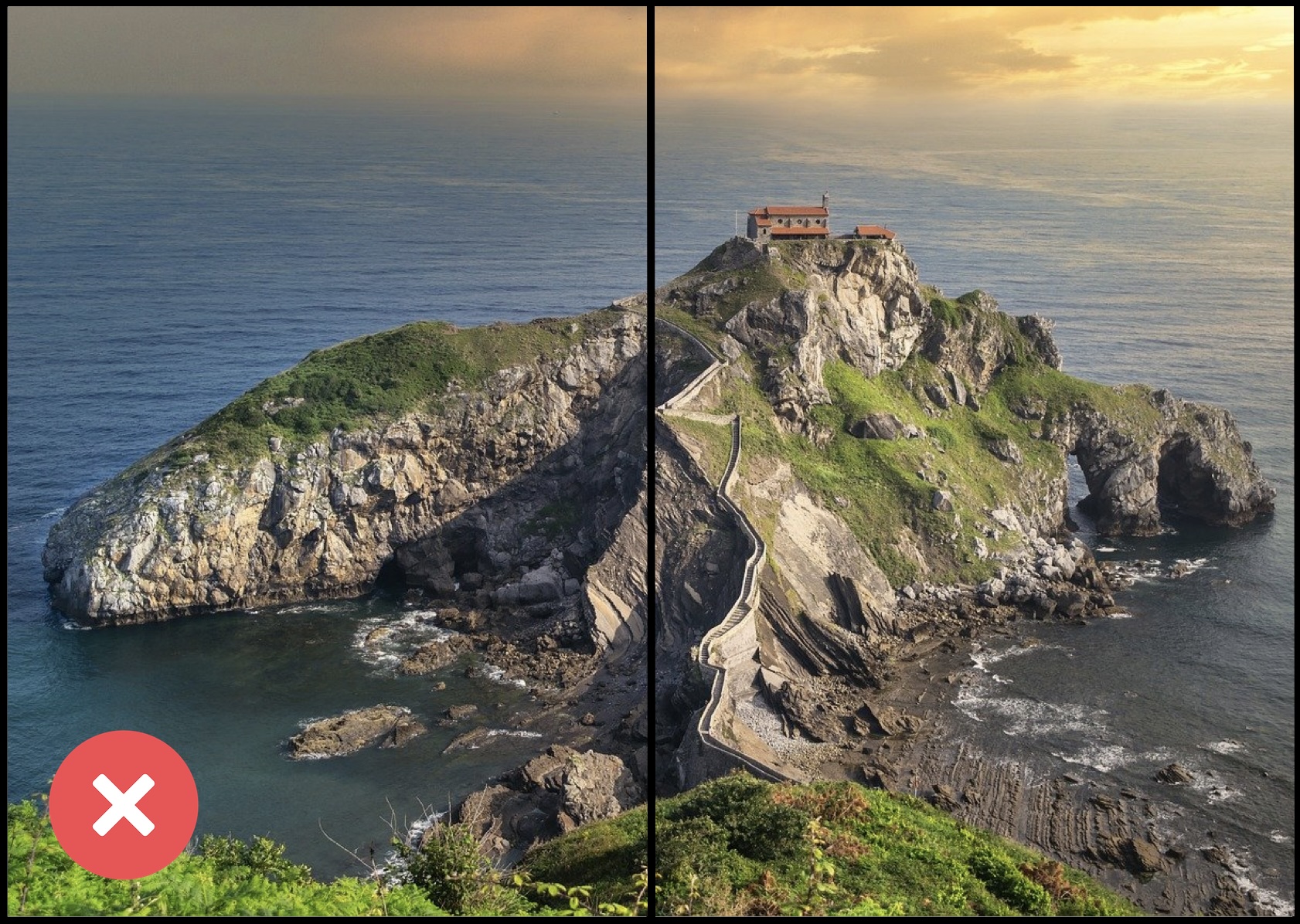
Double page without white margin.
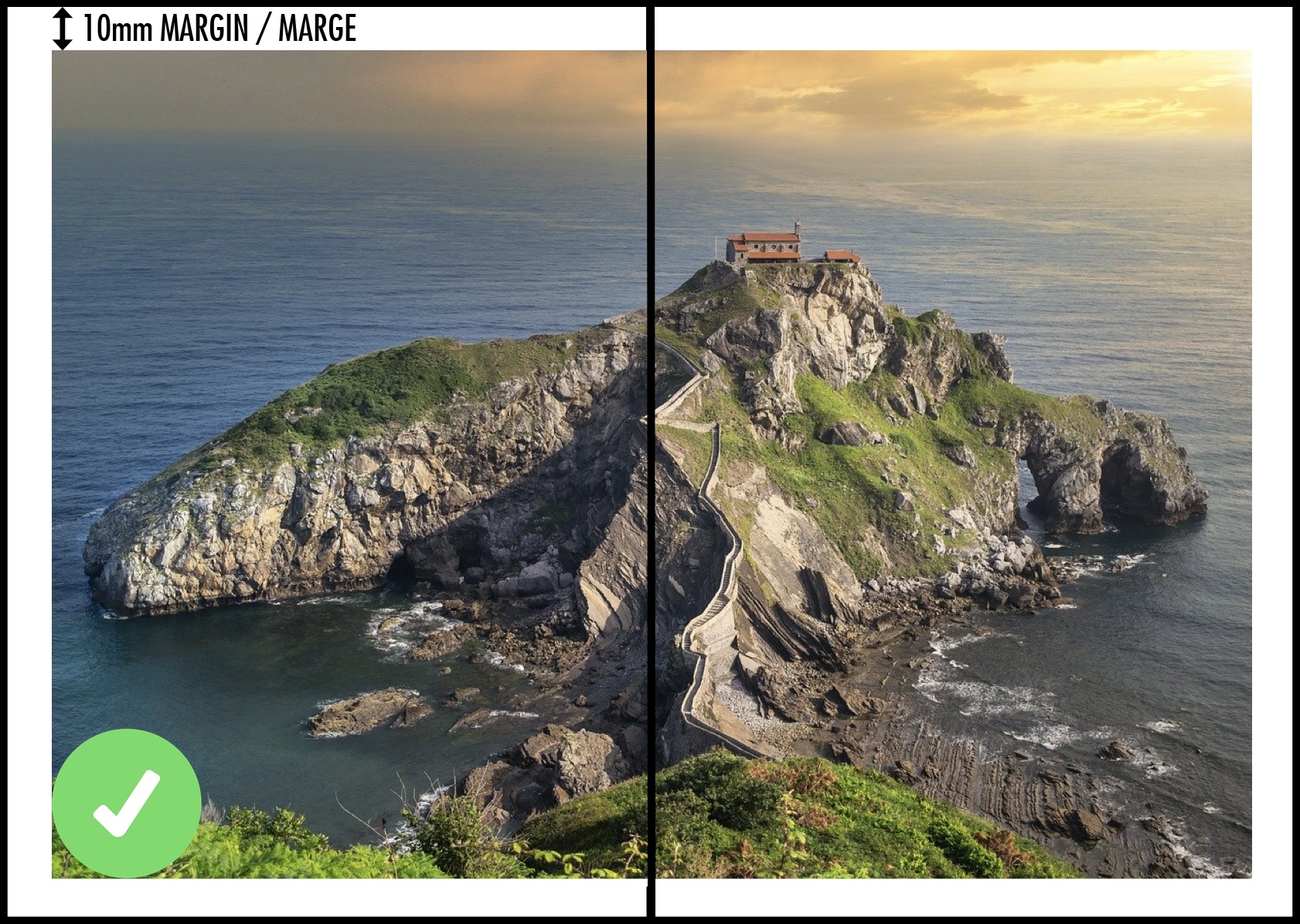
Double page with white margin.
4- and 8-page Newspapers
Newspaper finishing lines handle up to 48 pages. However, the folding machines are not designed to fold a single sheet of paper.
As a result, 4-page newspapers are processed in booklets of 3 copies each.
This means that if you order 600 copies of a 4-page newspaper, you will receive 200 booklets, each containing 3 copies.
Since we use neither glue nor staples, you will be able to disassemble the booklets to obtain your 600 individual copies.
Following the same logic, 8-page newspapers are processed two by two.
As an exception, Tabloid size newspapers of 8 pages with a quantity exceeding 500 copies are not concerned.